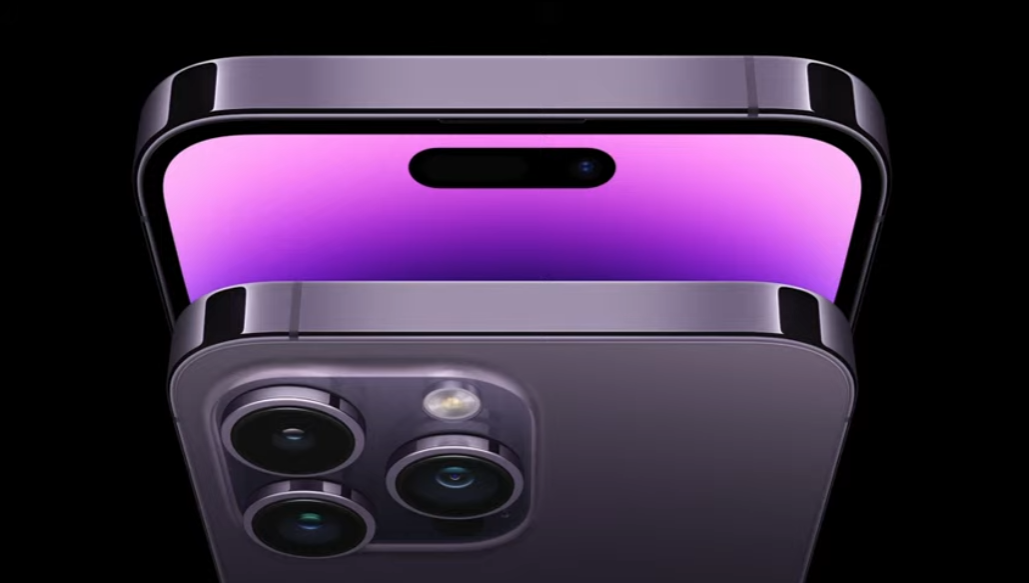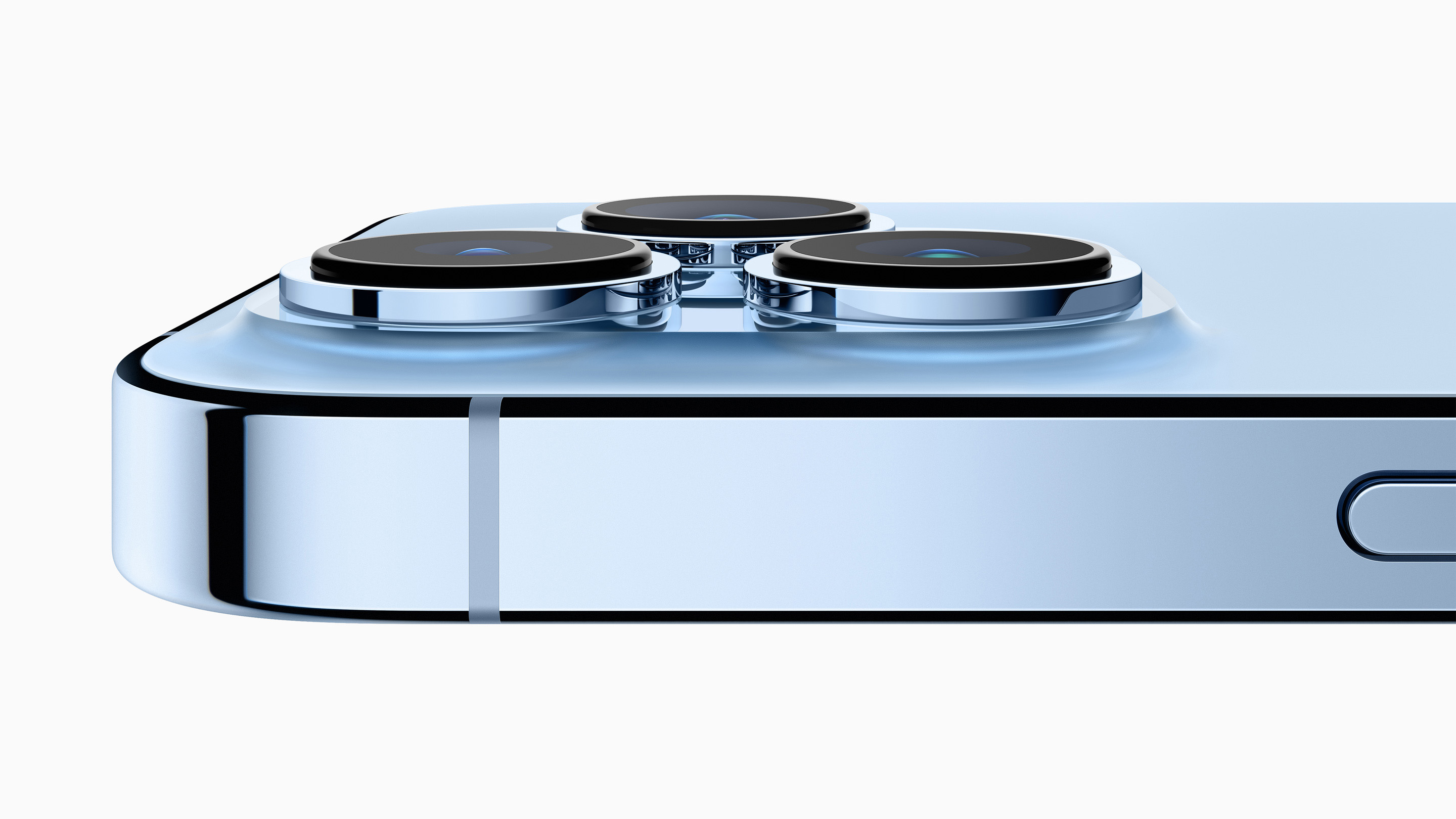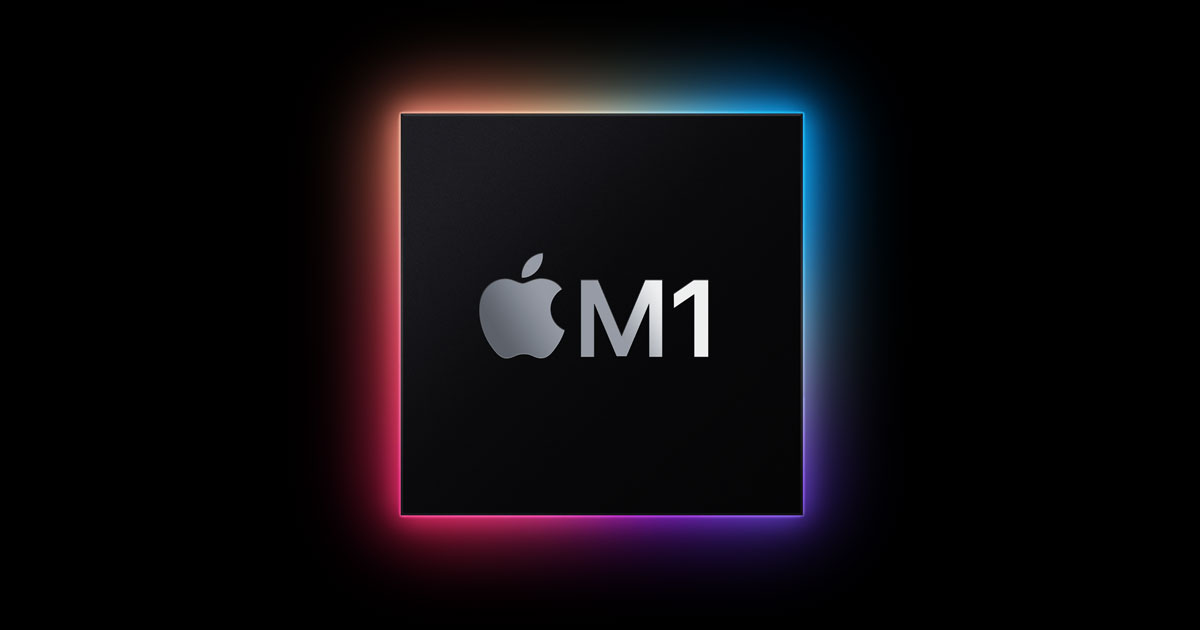

In our iPhone 13 Pro review we described it as the “Goldilocks of the iPhone 13 range”, delivering “the very best of iPhone features in a body that is a bit more pocket-sized and hand-friendly without sacrificing any major features.” But now there’s a newer model, the iPhone 14 Pro. How do they compare? Let’s find out.
iPhone 14 Pro vs iPhone 13 Pro: price and release date
The iPhone 13 Pro was launched in 2021 with a starting price of £949 / $999 / AU$1,699. And surprisingly the price has stayed the same for the iPhone 14 Pro – or at least, it has in the US, where it's still $999. In the UK it now starts at £1,099 and AU$1,0749 in Australia.
Pre-orders for the iPhone 14 Pro begin on 9 September, and will be available from 16 September.
iPhone 14 Pro vs iPhone 13 Pro: design
The iPhone 13 Pro was available in Sierra Blue, Graphite, Gold, Silver, Alpine Green with a textured glass back and stainless steel frame. This time around the options are Space Black, Silver, Gold and a new Deep Purple.
The external case hasn’t changed much – if you look really closely you’ll see the camera bump on the back is very slightly larger – but the notch is gone, replaced by what Apple calls Dynamic Island. This is where the TrueDepth camera and privacy indicators live, and it will expand to become a notification area for things like connecting your AirPods, seeing what music’s playing, knowing when your taxi is going to arrive and so on.
The other dramatic difference is that in the iPhone 14 Pro, the display is always on. It dims without losing skin tones if you’ve used photos of people as your wallpaper, and it enables you to see your Lock Screen widgets as well as any active alerts for travel, sports scores and so on.
The new iPhone 14 Pro gets the same crash detection and (in the US and Canada) satellite connectivity for emergencies.
Sign up to the T3 newsletter for smarter living straight to your inbox
Get all the latest news, reviews, deals and buying guides on gorgeous tech, home and active products from the T3 experts
iPhone 14 Pro vs iPhone 13 Pro: cameras
The iPhone 13 Pro has a triple-lens, 12MP setup with Telephoto, Wide and Ultra Wide cameras. Apertures are f/2.8 for the telephone lens, f/1.5 for the wide lens and f/1.8 for the ultra-wide. There’s 3x optical zoom in and 2x optical zoom out, with digital zoom up to 15x. Night Mode is powered by a LiDAR scanner and in addition to optical image stabilisation there’s sensor-shift image stabilisation on the wide lens.
The iPhone 14 Pro and Pro Max are even better. The main camera now has a 48MP quad-pixel sensor that uses pixel binning to create “superpixels”, clusters of four pixels that act as one and as a result capture more light. This feature is adaptive so in bright light you’ll get the full 48MP but in very low light you’ll get 12MP - albeit 12MP that’s much, much clearer than any previous iPhone. That 48MP is now available for ProRAW shooting too. There’s also a redesigned flash that’s up to two times bright and that adjusts itself according to the camera’s focal length.
Apertures here are f/1.78 on the main camera, f/2.2 on the ultrawide and f/1.78 and f/2.8 on the 12MP 2x and 3x telephoto respectively.
For video there’s an update to Cinematic Mode that enables you to use 4K at 30fps, and there’s also 24fps to match moviemaking standards. And the new Action Mode promises gimbal-style tracking of action shots without an actual gimbal; if it’s as good as it looks in the demo it could be quite something.
iPhone 14 Pro vs iPhone 13 Pro: performance and battery
The processor in the iPhone 13 Pro is Apple’s A15 Bionic, a 6‑core CPU with 2 performance and 4 efficiency cores, 5 GPU cores and a 16-core Neural Engine.
The iPhone 14 Pro gets the A16 Bionic, which once again is 6-core but claims to be 40% faster than the closest competition. The 5 GPU cores have 50% more memory bandwidth than before, and the high performance cores use 20% less power than in the A15.
Apple, as ever, promises "all day battery life".
iPhone 14 Pro vs iPhone 13 Pro: display
The screen in the iPhone 13 Pro is a 6.1-inch OLED Super Retina XDR with a resolution of 2,532 x 1,170 at 460ppi. It’s a ProMotion display with a 120Hz refresh rate, 2,000,000:1 contrast and max HDR brightness of 1,200 nits, and it has True Tone and P3 Wide Colour gamut.
The iPhone 14 Pro display is the same size but it’s brighter – up to 2,000 nits outdoors and 1600 nits peak HDR – and this time around the refresh rates are adaptive from 1HZ to 120Hz. It has thinner borders than before and the aforementioned Dynamic Island.
iPhone 14 Pro vs iPhone 13 Pro: early verdict
If you want the most powerful iPhone, the iPhone 14 Pro is it. We’re sold: the combination of that always-on display, even better low light photography and more efficient processing means it’s rocketed to the top of our wish list. However, you can expect to see some serious deals on the iPhone 13 Pro until stocks run out, and while the iPhone 14 Pro is better its predecessor was the best iPhone you could buy until just a few hours ago. If the price is right it remains a brilliant pro-level smartphone.
Writer, musician and broadcaster Carrie Marshall has been covering technology since 1998 and is particularly interested in how tech can help us live our best lives. Her CV is a who’s who of magazines, newspapers, websites and radio programmes ranging from T3, Techradar and MacFormat to the BBC, Sunday Post and People’s Friend. Carrie has written more than a dozen books, ghost-wrote two more and co-wrote seven more books and a Radio 2 documentary series; her memoir, Carrie Kills A Man, was shortlisted for the British Book Awards. When she’s not scribbling, Carrie is the singer in Glaswegian rock band Unquiet Mind (unquietmindmusic).
-
 Apple wants you to rent the iPhone 14 – and I think that's a great idea
Apple wants you to rent the iPhone 14 – and I think that's a great ideaApple's considering a hardware subscription plan: think Apple One with the iPhone 14 thrown in
By Carrie Marshall
-
 For all of the iPhone 13’s new features, it’s the camera that’s the star of the show
For all of the iPhone 13’s new features, it’s the camera that’s the star of the showThe new cameras on the iPhone 13 and 13 Pro are more camera than most people will ever need
By Mat Gallagher
-
 iPhone 13 and next-gen MacBook chips lined up for production – and the M2 could be a LOT more powerful
iPhone 13 and next-gen MacBook chips lined up for production – and the M2 could be a LOT more powerfulTSMC will build the new M2 chip using its more advanced 4nm process, which could mean a leap forward
By Mat Gallagher

